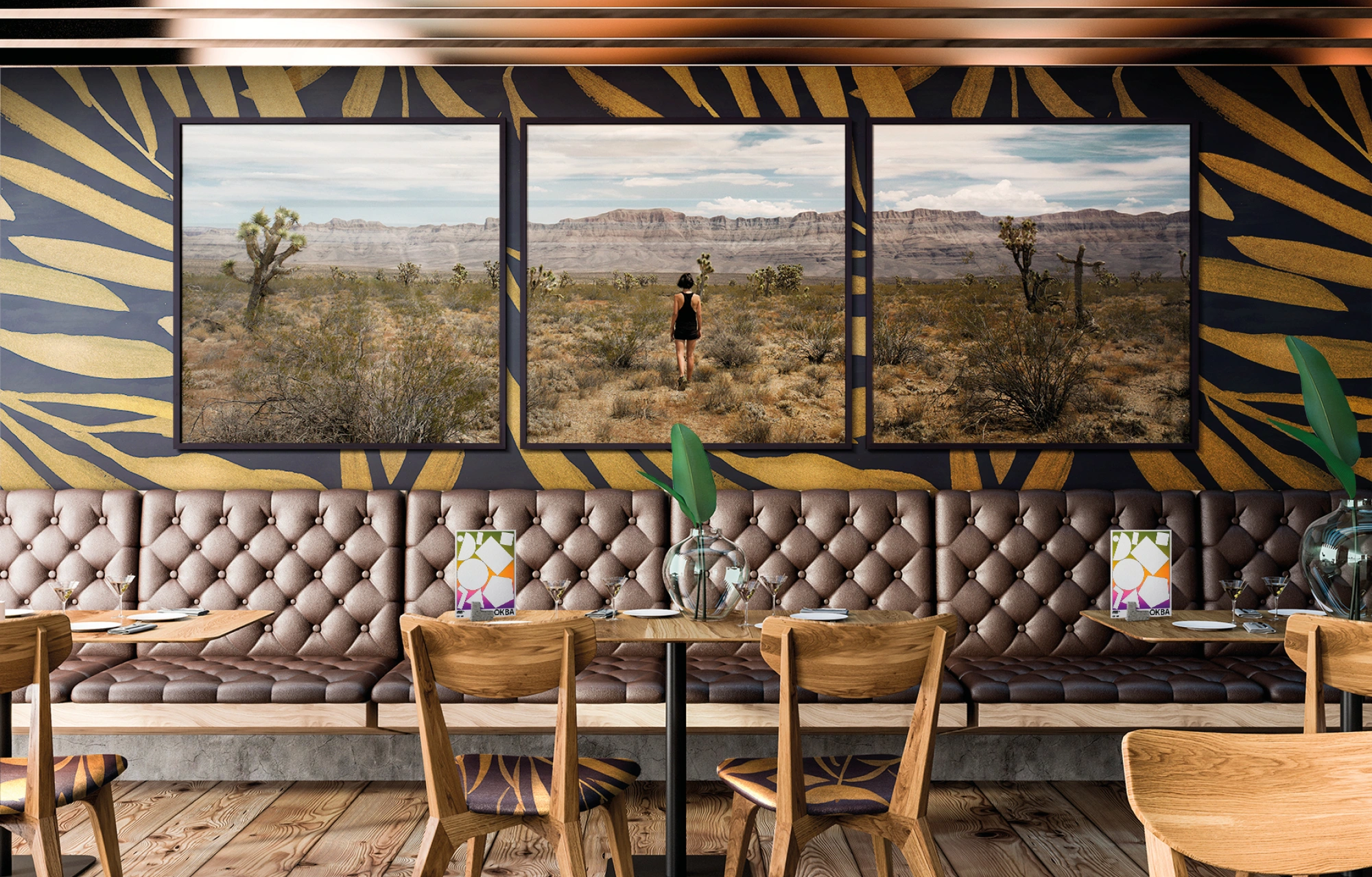Blog
From Green Building Construction to Digital Offices: 4 Predictions for Post-Covid Architecture
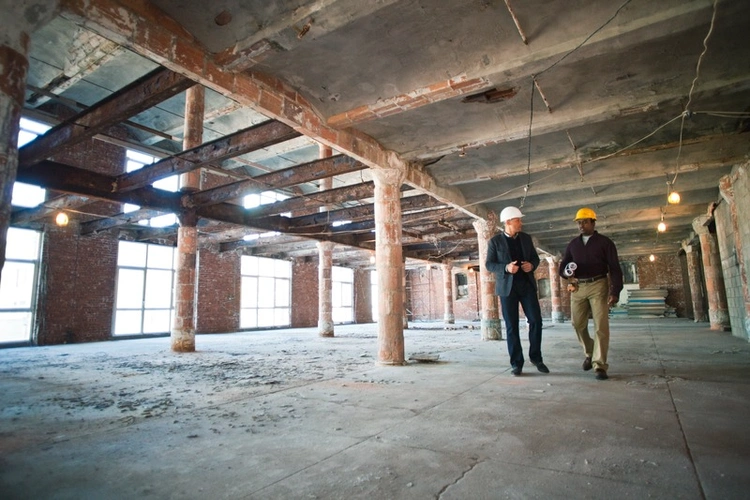
Graphic Arts
|28 Apr 2022
Green building construction…
Digital offices for hybrid workforces…
New approaches to city centres and urban design …
The pandemic has transformed our shared spaces forever.
This is to be expected. In the past, pandemics have always transformed the way we design and use our buildings and spaces. For example, the modern street grid was developed to help defect cholera, and modernist architecture and design largely came out of the fight against tuberculosis.
COVID will be no different. This pandemic has already transformed how we occupy our spaces and buildings, and it is going to impact how we design them moving forward. It has changed the way we work and use our spaces. It has triggered broader discussions around green building construction and how architecture can respond to natural disasters. And it has given AEC professionals a lot to think about and adapt to.
We wrote this article to help you understand and adapt to the ways that COVID will change architecture and shared space. To do so, we will share four predictions on what tomorrow’s post-pandemic reality will look like for AEC professionals.
Prediction 1 – What is Green Building Construction? The New Trend Igniting Due to Climate Change Worries
The pandemic will drive green building construction for two primary reasons.
First, AEC professionals will seek ways to improve the health and safety of their buildings, in particular against airborne pathogens. The green building construction movement has been working to solve this problem for years. It has developed best practices for creating and maintaining fresh air. We will see AEC professionals adopt many of these green design best practices for all buildings — even those that may not be explicitly labelled as green development.
Second, the pandemic has reminded everyone that big natural events can cause big problems and must be addressed in a proactive manner. Many AEC professionals are taking this lesson to heart and considering how another big natural event — climate change —requires new, green design principles.
AEC professionals will adopt green building construction in many forms. Some will simply design spaces that incorporate more “green, common, public spaces” that feel safer than “densely packed floor plans”. Others will adopt practical green approaches to accommodate increasingly intense weather patterns. For all, green building construction and sustainability in every step of their process will become more important than ever.
Prediction 2 - City Centres and Commercial Buildings Will Rethink Shared Space
Lockdowns and the move to hybrid and remote work models will make AEC professionals rethink city spaces and centres. Many cities will seek to decentralize, to reduce population density, to change elevation design in city centres, and to provide citizens with an escape from their homes through shared spaces and green buildings that follow green building construction principles.
Offices and other commercial buildings will change how space is shared due to safety concerns over COVID. They will restructure their space to ensure protocols and individual workspaces will feature more barriers to prevent transmission. In addition offices and other commercial spaces will focus on safety and green building construction principles like ventilation, corridor space, and overall reducing density and physical contact to prevent the spread of disease.
Overall, both commercial buildings and shared urban spaces will be redesigned around two core concepts from the pandemic — social distancing and contactless infrastructure. Architects and city planners are already being asked to design spaces where occupants can maintain six feet or more from each other at all times. They will also need to design spaces and buildings that can be navigated without normal physical touchpoints like elevator buttons, door handles and the like that can carry disease.
Prediction 3 - Offices Will Transform Due to Mass WFH
The move to large-scale Work From Home (WFH) will also reshape the office and other commercial spaces permanently. By the end of 2021, over 90% of workers in New York City were either remote or hybrid. Over 60% of employees now work remote at least occasionally, while 77% of workers feel more productive at home and 99% of would choose to work remote — at least part of the time — for the rest of their life. It’s clear that remote and hybrid work is now permanent and the traditional office must evolve.
To accommodate these new workforces, workspaces will become more flexible with fewer assigned spaces. Instead, they will accommodate employees who only work in the office part of the week, and place digital collaboration tools at the centre of every workspace to connect in-office with remote participants.
The design of office buildings and suites will also change. The demand for office space has decreased and companies with remote or hybrid workforces will require smaller office footprints. Some office spaces will become more agile, modular, and capable of expanding or contracting depending on the changing size of their on-prem workforce.
Prediction 4 - AEC Professionals Will Change the Way They Work
AEC professionals will drive each of these changes. They will rapidly redesign cities, offices, rethink commercial building design, and create new spaces based on green building construction principles.
To do so, they will develop and deliver more designs than ever before. They will constantly adjust their designs to keep up with changing demands from their clients and the environment. And they will upgrade their tools to align with their fast paced, more demanding, and more agile workflows.
At the same time, AEC professionals and their firms will need to adapt to operating within their own remote and hybrid workforces. As part of this change, employees will need to relearn how to work, collaborate, and communicate outside of the office. At the same time, firms will need to ensure their employees have the devices they need to securely and productively build, print, and share their designs in transformative ways.
While this is a moment of change and challenge for AEC professionals, it’s also a moment of opportunity for those who step up, adapt, and redesign our shared spaces. Yesterday’s workflows and devices won’t work. AEC professionals need something new.
How HP Can Help AEC Professionals Adapt to This New Future
At HP, we provide a range of large format printers designed for the unique and evolving needs of architects, engineers, and construction professionals. Each of these devices produces fast, sustainable, high-fidelity reproductions of your designs that you can print from virtually anywhere, and that drive tomorrow’s AEC workflows.
To learn more, contact an HP representative today.
<iframe src="undefined"></iframe>You Might Also Like
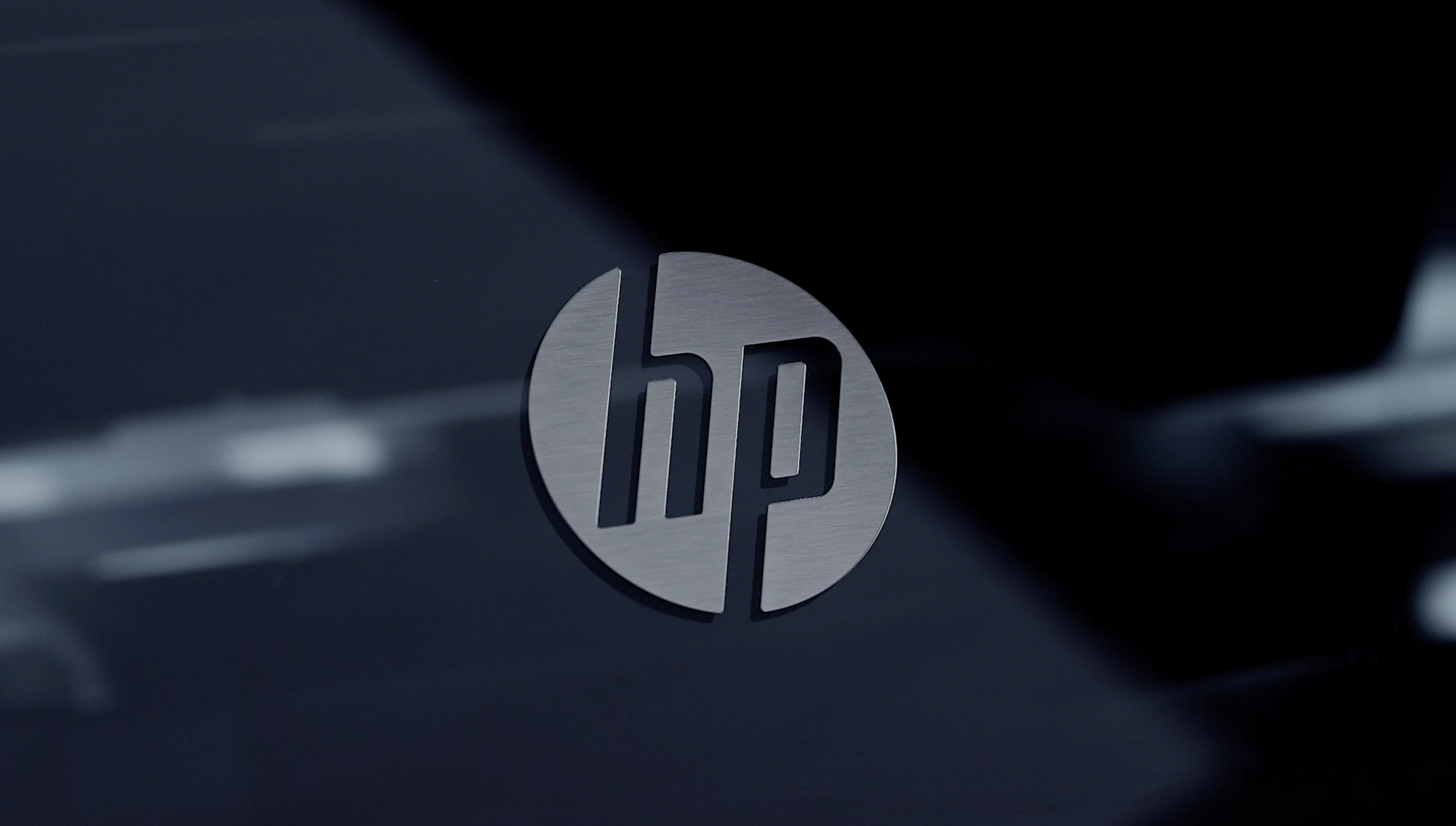
Say yes to big opportunities and bigger margins
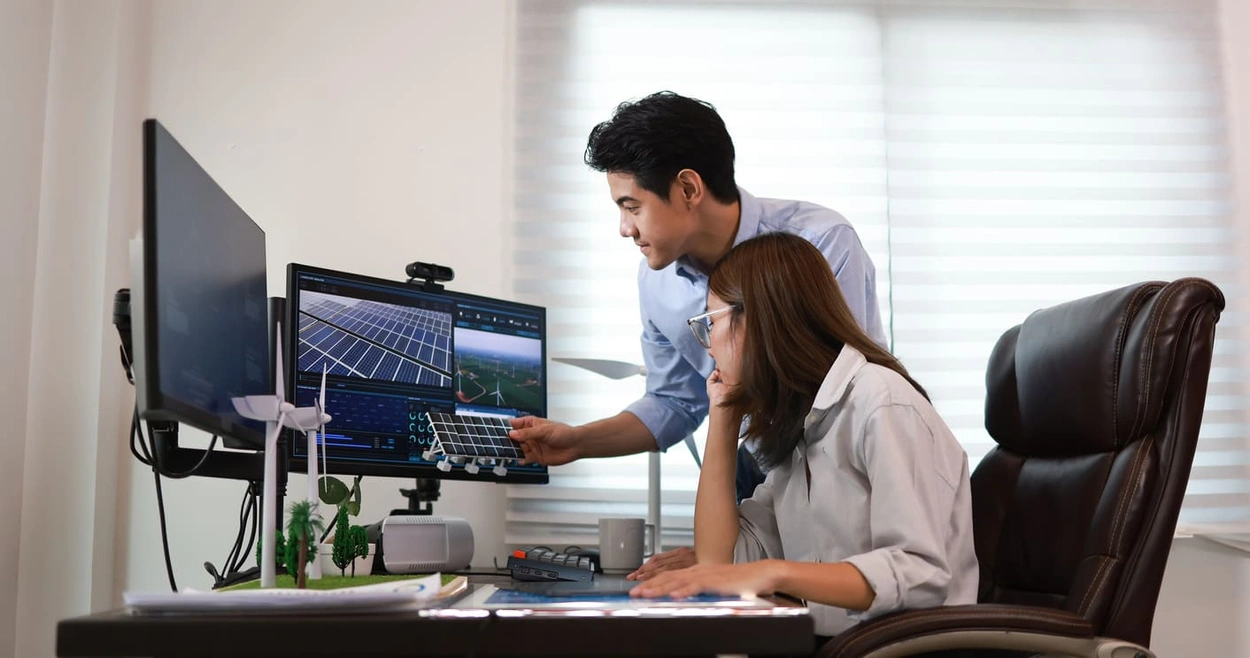
The Key Elements of a Sustainable House Design

Smart Building Automation Systems & How They Reduce Costs
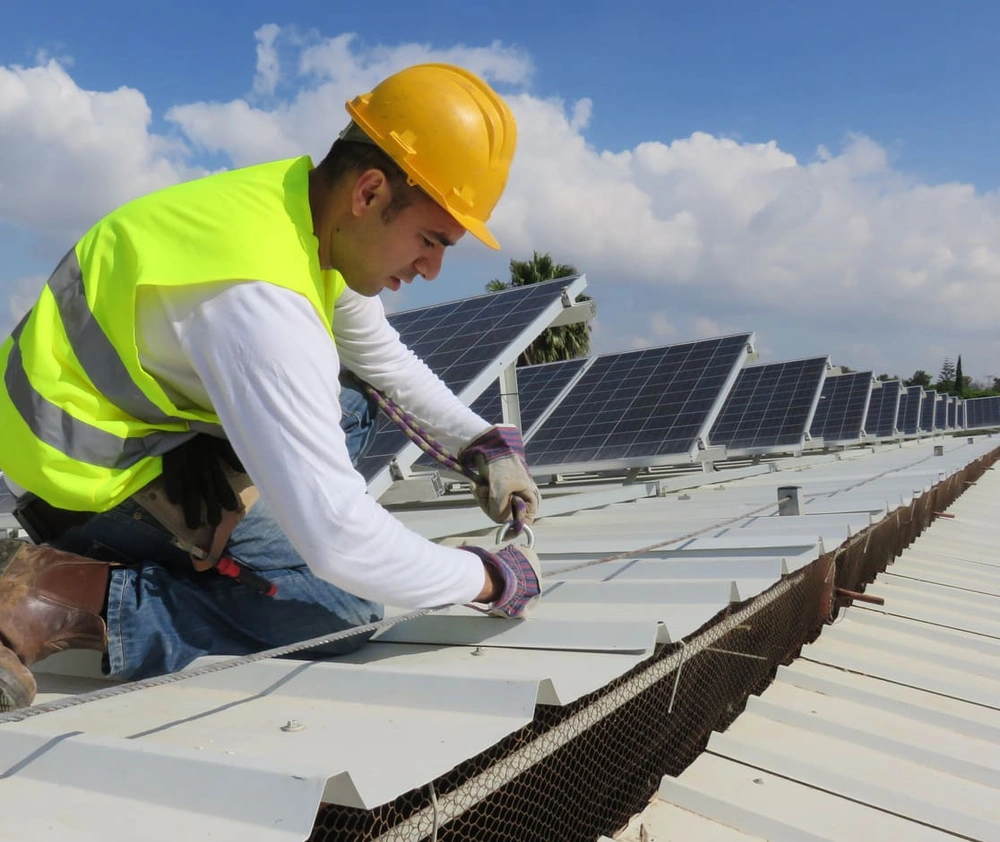
Understanding Cost of Sustainable Construction: Is It Cheaper?

Building Automation Trends: Why Automation Is Crucial for AECs
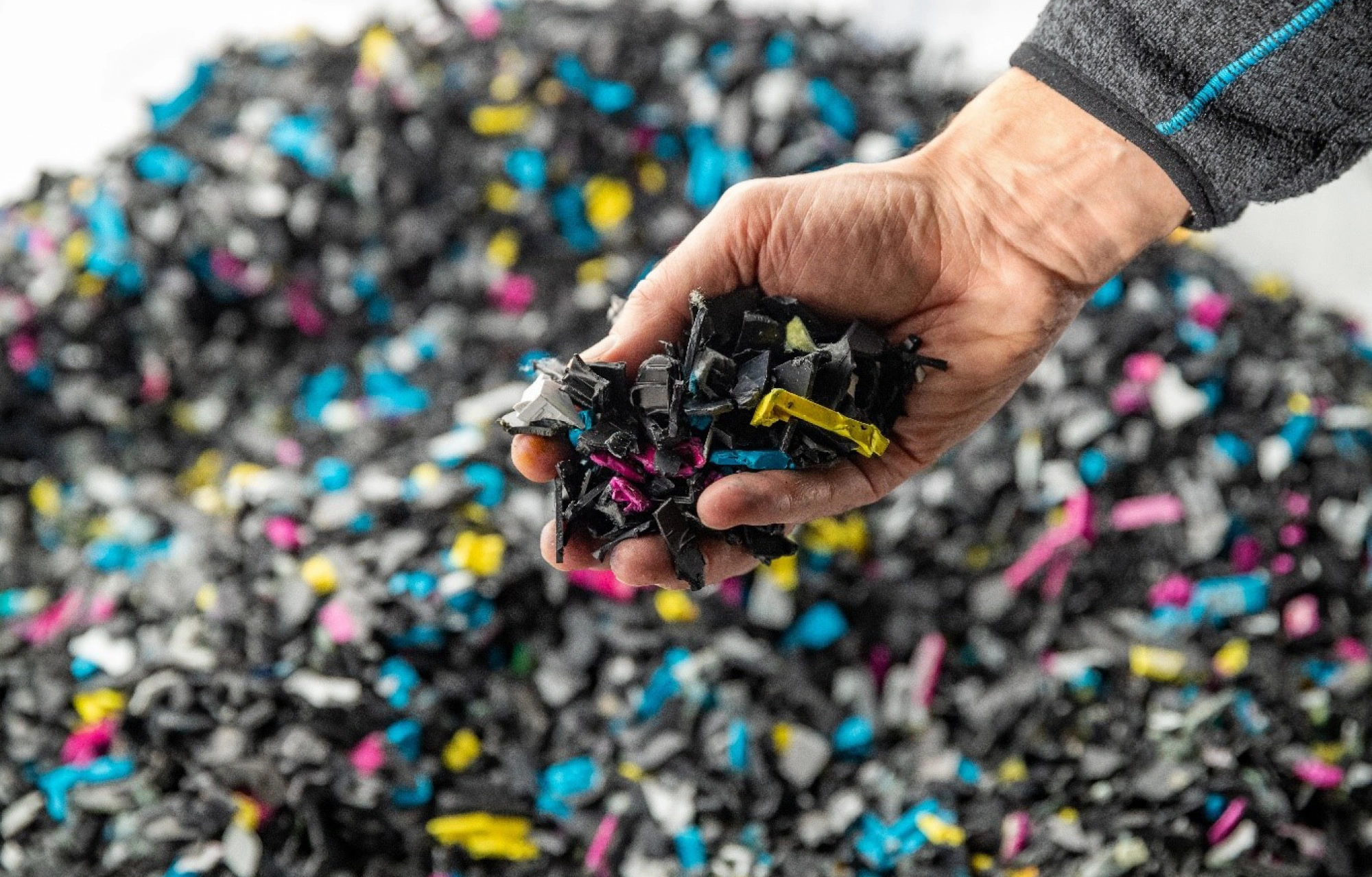
What to consider to print sustainably

How to support employee wellbeing in the print industry
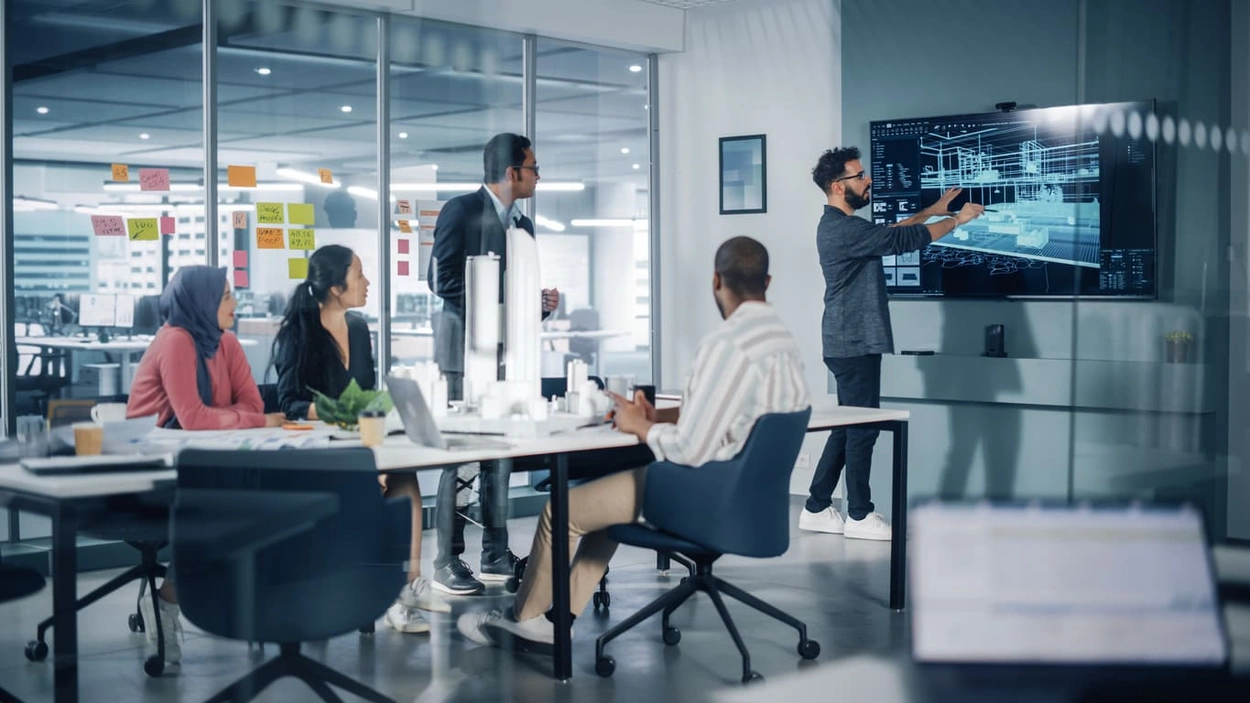
Green Building Benefits: Importance of Eco-Friendly Construction

How HP PrintOS helped Benson stay agile
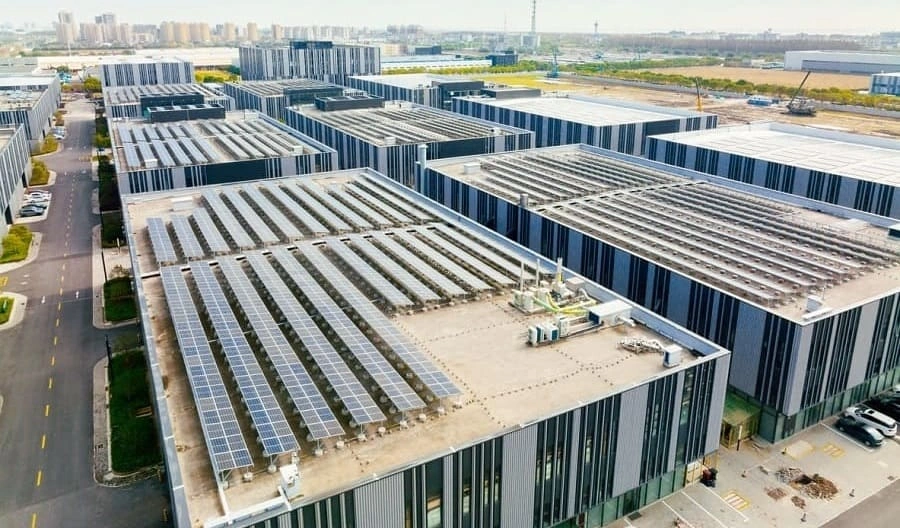
Top 5 Ways In Which AECs Are Using Green Building Materials in 2024

HP Latex Print and Cut Plus Solutions spotlight: Level-up your print operations

Sustainability in Architecture: Designing for the Future
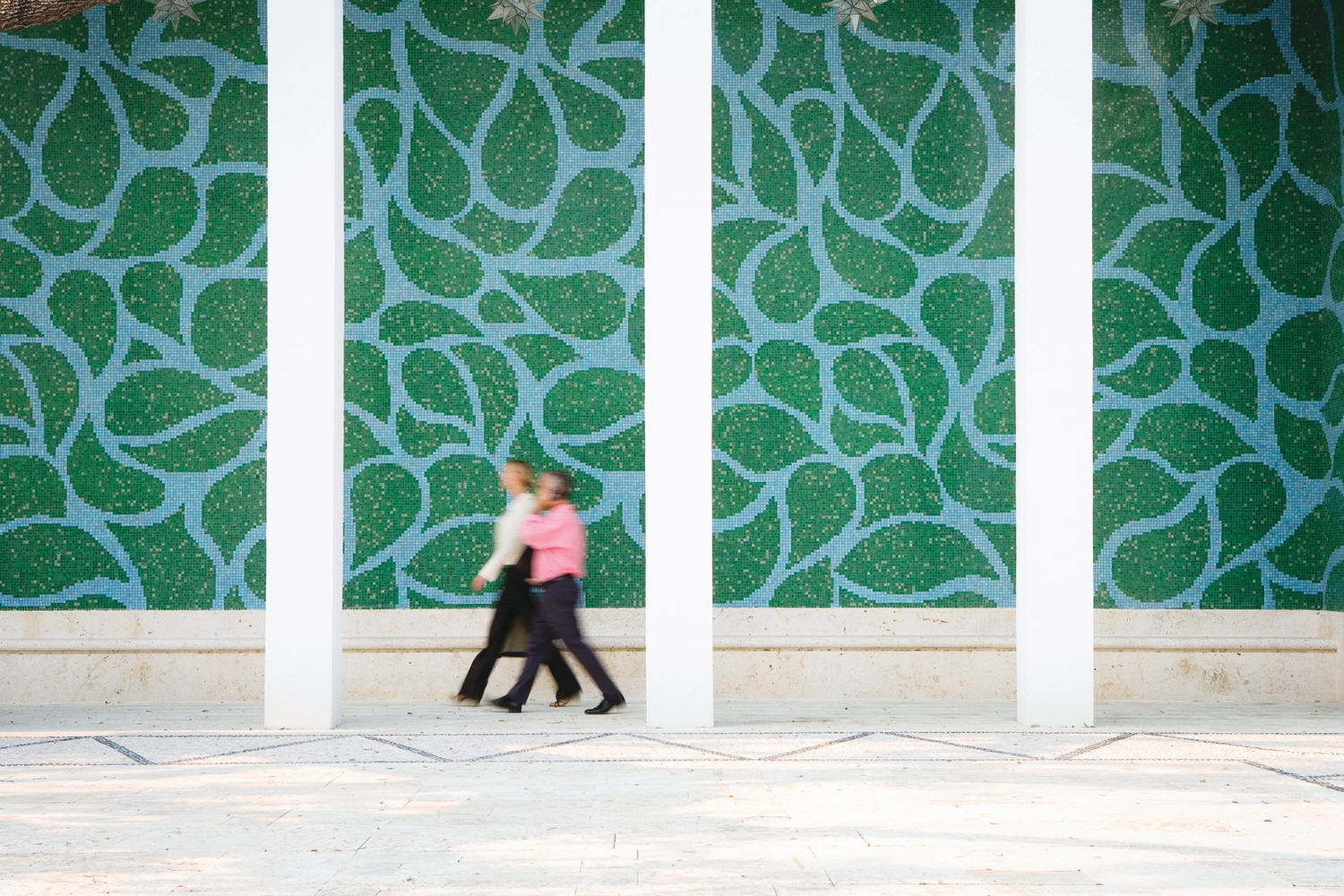
Driving a Zero-Carbon Future with Sustainable Construction Materials
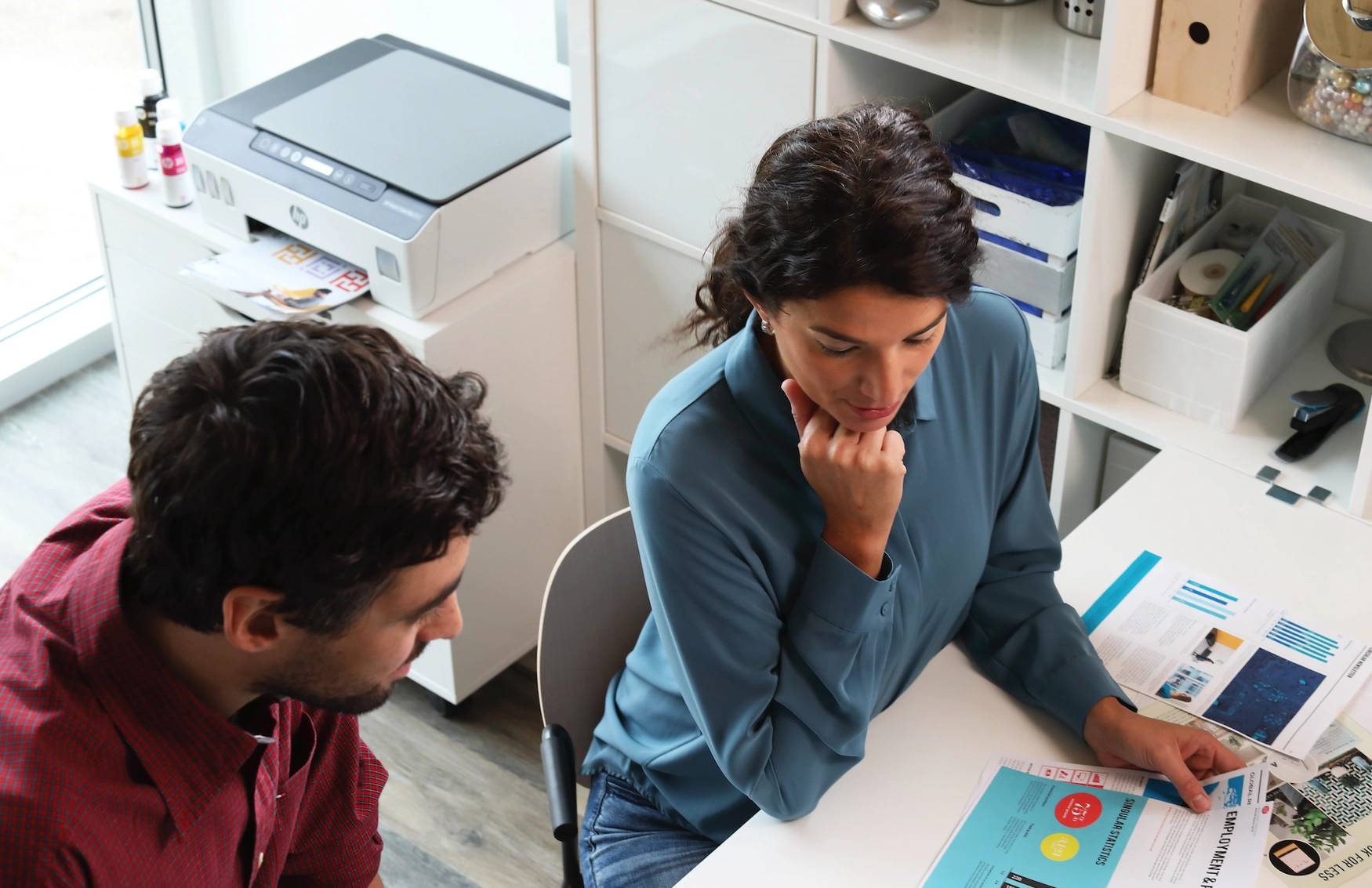
5 Ways AECs Can Go Green With Eco-Friendly Office Printing
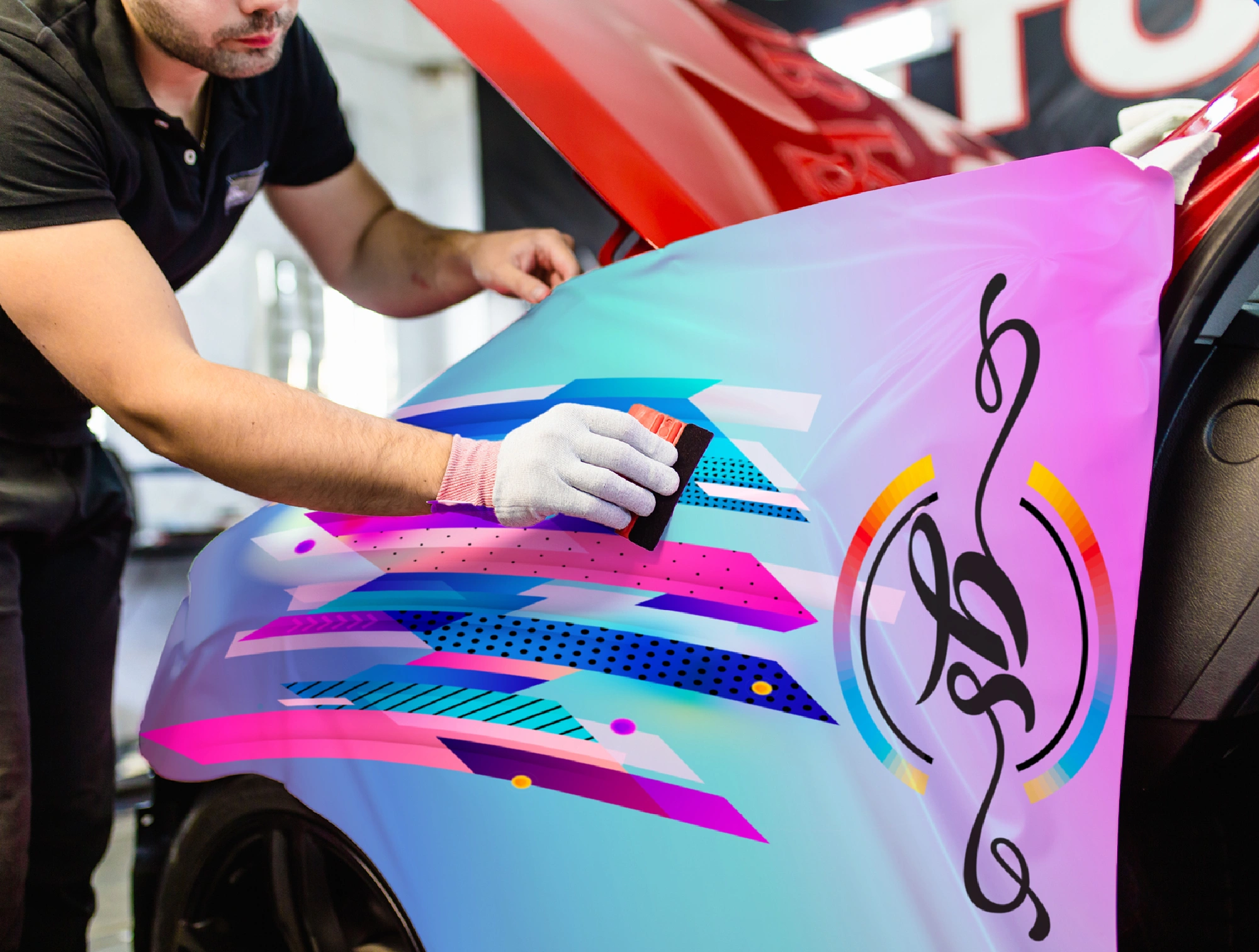
9 Essential Tips for Car Wrapping

Why the print industry needs a sustainable edge
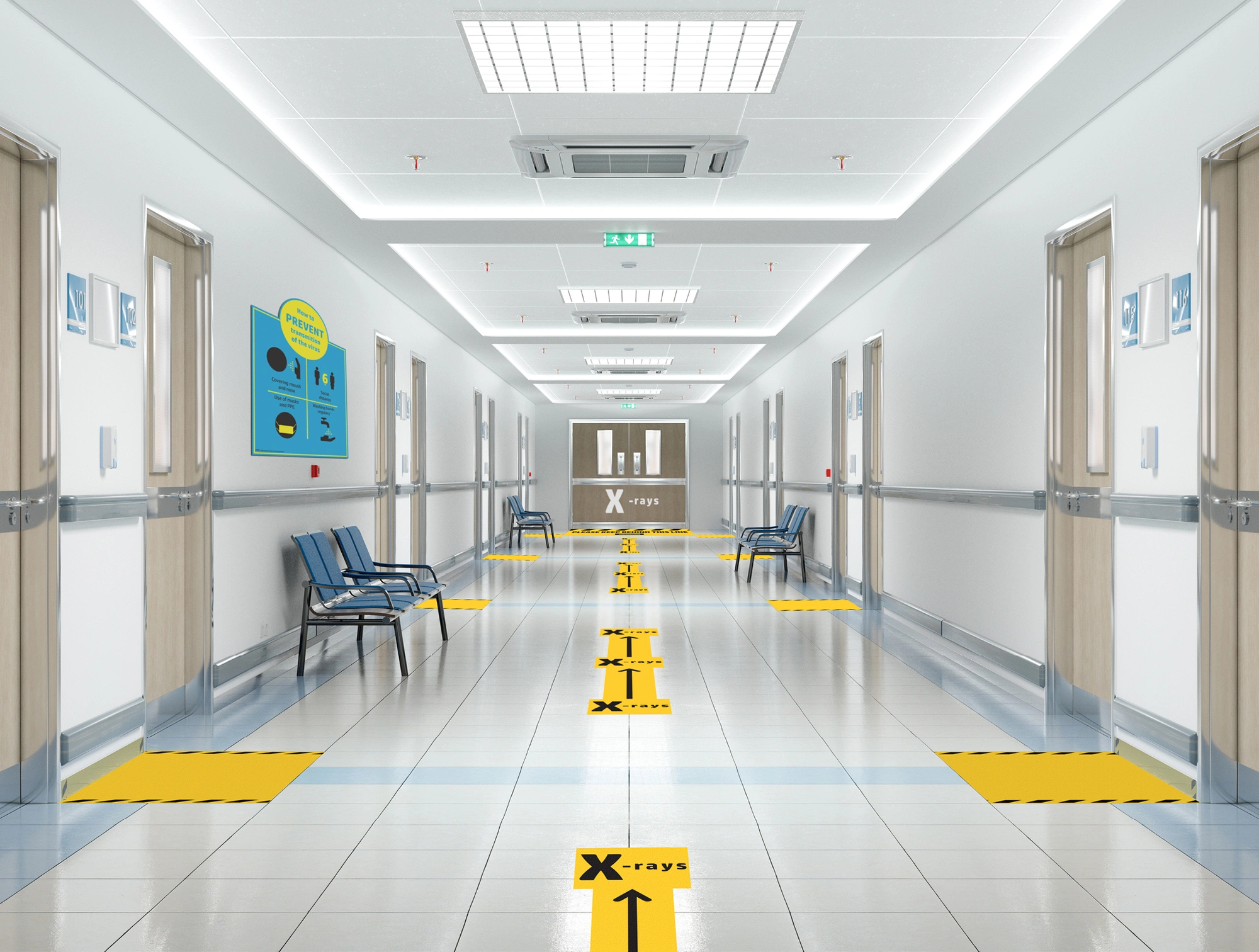
The 10 dos and don’ts of wayfinding floor signage

Sustainable Construction: The Eco-Conscious Future Of The AEC Sector

Keeping up with a fast-moving retail market in vinyl graphics printing

The 4 Wide-Format Application Trends You Need to Know
Pilih Negara/Wilayah dan Bahasa Anda
Tutup Dialog Pemilih Negara/Wilayah- Africa
- Afrique
- België
- Belgique
- Česká republika
- Danmark
- Deutschland
- Eesti
- España
- France
- Hrvatska
- Ireland
- Italia
- Latvija
- Lietuva
- Magyarország
- Middle East
- Nederland
- Nigeria
- Norge
- Österreich
- Polska
- Portugal
- România
- Saudi Arabia
- Slovenija
- Slovensko
- South Africa
- Suisse
- Suomi
- Sverige
- Switzerland
- Türkiye
- United Kingdom
- Ελλάδα
- България
- Казахстан
- Србија
- Україна
- ישראל
- الشرق الأوسط
- المملكة العربية السعودية
HP di Seluruh Dunia
Pilih Negara/Wilayah dan Bahasa Anda
- Africa
- Afrique
- América Central
- Argentina
- Asia Pacific
- Australia
- Bangladesh
- België
- Belgique
- Bolivia
- Brasil
- Canada
- Canada - Français
- Caribbean
- Česká republika
- Chile
- Colombia
- Danmark
- Deutschland
- Ecuador
- Eesti
- España
- France
- Hong Kong SAR
- Hrvatska
- India
- Indonesia
- Ireland
- Italia
- Latvija
- Lietuva
- Magyarország
- Malaysia
- México
- Middle East
- Nederland
- New Zealand
- Nigeria
- Norge
- Österreich
- Pakistan
- Paraguay
- Perú
- Philippines
- Polska
- Portugal
- Puerto Rico
- România
- Saudi Arabia
- Singapore
- Slovenija
- Slovensko
- South Africa
- Sri Lanka
- Suisse
- Suomi
- Sverige
- Switzerland
- Türkiye
- United Kingdom
- United States
- Uruguay
- Venezuela
- Việt Nam
- Ελλάδα
- България
- Казахстан
- Србија
- Україна
- ישראל
- الشرق الأوسط
- المملكة العربية السعودية
- ไทย
- 中华人民共和国
- 臺灣 地區
- 日本
- 香港特別行政區
- 한국
- Penarikan |
- Daur Ulang Produk |
- Aksesibilitas |
- Privasi |
- Ketentuan penggunaan |
- Limited warranty statement |
- Cookie & Pilihan Iklan |
- HP Kini dengan TKDN |
©2026 HP Development Company, L.P. Informasi dalam dokumen ini dapat berubah tanpa pemberitahuan sebelumnya.
